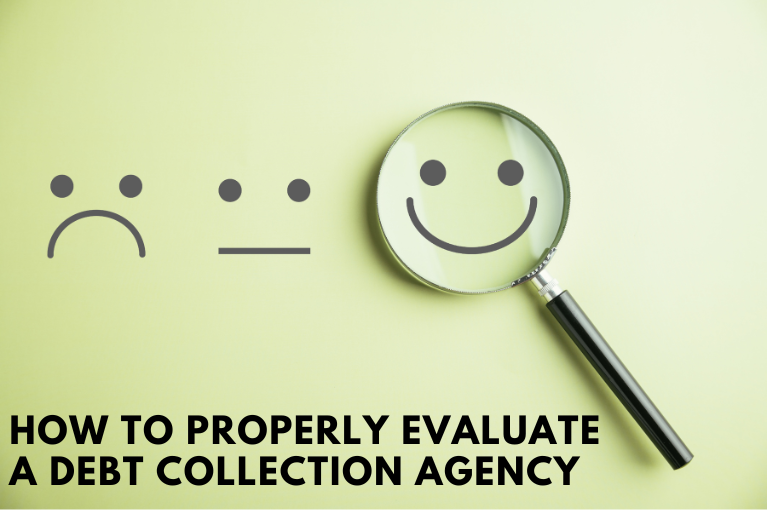There has been an unprecedented amount of talk about inflation on all the cable news channels over the past few months, and there is no doubt that higher prices are affecting almost every aspect of our lives.
The debt collection industry is certainly not immune to this situation, but how much is inflation actually impacting debt collection on a real level? Let’s take a closer look at some of the statistics, explore how changing interest rates come into play, and establish a framework for how those factors impact collection operations.
Inflation Statistics
While there is always room to dispute the meaning of specific statistics these days, just about everyone seems willing to concede that inflation has arrived in a staggering way.
It has been widely reported this year that consumer prices have increased anywhere from 7-9% in every month of 2022. The year started on the lower end of that range, with January prices seeing a 7.48% rise, and that number peaked at 9.06% in June of 2022.
These inflation numbers mark some of the most significant price increases in decades. Consumers are getting hit everywhere they look, and there is no end in sight. Anyone who purchases groceries for their household has seen the biggest bump there, and utility costs across the country are also up about 30% this year.
Unfortunately, wages are not rising nearly as fast as prices, and gas prices need to come down faster to help in a meaningful way. When you pull all of this together, it is easy to see that the average computer is having an incredibly rough year.
Inflation and Interest Rates
The most powerful tool that the Federal Reserve has for fighting inflation is its control over the Federal Funds Rate, which sets the precedent that all other interest rates follow. By raising interest rates, the Fed can slow down the economy, which has traditionally been the best way to slow inflation.
Of course, there is also a downside to raising interest rates and slowing the economy. Anyone looking to buy a home right now will quickly tell you that mortgage rates have more than doubled over the past year, significantly reducing the amount of house the average consumer can afford.
Raising interest rates can also wreak havoc on anyone with an adjustable-rate mortgage or home equity line of credit. The rising cost of servicing those debts can be the difference between prosperity and the poor house for many Americans.
Inflation and Debt Collection
When it comes to inflation and debt collection, the end result is almost all bad news for the average consumer. Higher inflation creates higher costs on nearly every line item in your personal budget, and the best way to fight inflation is likely to make your housing exponentially more expensive.
Because of this no-win situation, many consumers are finding they need to work harder and harder each month just to keep up with a budget that used to be very reasonable only a year ago. Undoubtedly, this ultimately leads to more complicated choices on debt payments and more difficult collection efforts.
If you are tasked with managing debt collection operations in this challenging economic environment, the best approach is to stay on top of your processes and make every effort to keep clients current. It also helps to be open, honest, and flexible with everyone you deal with, as things will likely worsen before they eventually improve.
If you would like professional assistance managing your collections, don’t hesitate to reach out to Direct Recovery, and let’s set up a call to discuss your situation further.






